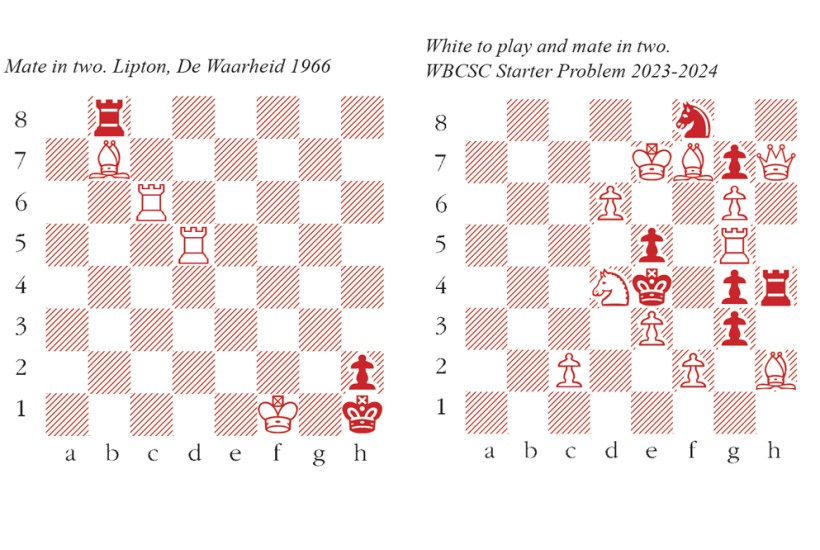‘Lipton’s writing is characterised by its rigour, and though his working through of alternative hypotheses can be demanding for the reader, his positions are always stated with great clarity’. That line is taken from an obituary of Michael Lipton, published in the Financial Times, who died in April at the age of 86. Lipton was a development economist whose early work was based upon a close observation of farming techniques of the rural poor. Rather disarmingly, the CV on his website attributed his education to ‘the people of Kavathe village, Satara district, Maharashtra, India 1965-66’ right after Haberdashers’ School, Balliol College, Oxford and MIT.
But Lipton was also a prolific and accomplished composer of chess problems, and a former president of the British Chess Problem Society (BCPS). The July issue of The Problemist, the BCPS magazine, carries two articles in tribute, and one cannot help noticing that ‘rigour and alternative hypotheses’, central to Lipton’s academic work, are also prominent in his elegant compositions. Take the diagram below, which is White to play and mate in two moves (see left diagram).
The alignment of the Bb7 and Kh1 is significant, but most rook moves fall short as the bishop is vulnerable to capture. For that reason, withdrawing a rook to the first rank (c1 or d1) looks plausible, so that 2 Kf1-f2 would deliver mate by discovered check along the first rank. But which rook? Examining 1 Rc1 Rf8+, White has a satisfying countercheck in 2 Rf5+, which is also mate. Other defences with neat responses are 1…Rg8 2 Rg5# or 1…Re8 2 Re5#. But 1…Rc8! is an unexpected snag, when White has no immediate mate, since the analogous line fails to deliver instant mate: 2 Rdc5+ Rc6! The alternative hypothesis, 1 Rd1!, turns out to be more satisfactory. Other moves are met in similar fashion as before, while the defensive try 1…Rd8 is refuted by 2 Rcd6#.
The position shown below was not composed by Lipton but is the starter problem for the Winton British Chess Solving Championship, an annual competition. White must force mate in two moves, against any defence. (White moves, then Black moves, then White delivers checkmate.) (See right diagram).
Send entries to winton@theproblemist.org by 31 July. Only the first move is required. Successful entrants qualify for a postal round, so do include a name and address. Mark your entry ‘The Spectator’. Those who were under 18 on 31 August 2022 must give their date of birth. For more details about the competition, visit www.spectator.co.uk/winton. For more information on the rich world of problem-solving, visit theproblemist.org. The website has an excellent section titled For Beginners, in which the ‘Two-Move Secrets’ section may provide inspiration.
Got something to add? Join the discussion and comment below.
Get 10 issues for just $10
Subscribe to The Spectator Australia today for the next 10 magazine issues, plus full online access, for just $10.
You might disagree with half of it, but you’ll enjoy reading all of it. Try your first month for free, then just $2 a week for the remainder of your first year.








Comments
Don't miss out
Join the conversation with other Spectator Australia readers. Subscribe to leave a comment.
SUBSCRIBEAlready a subscriber? Log in